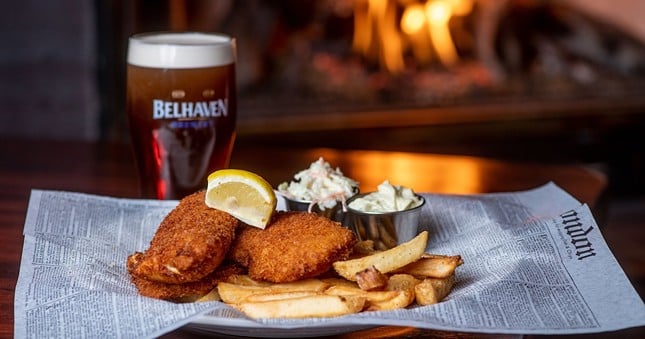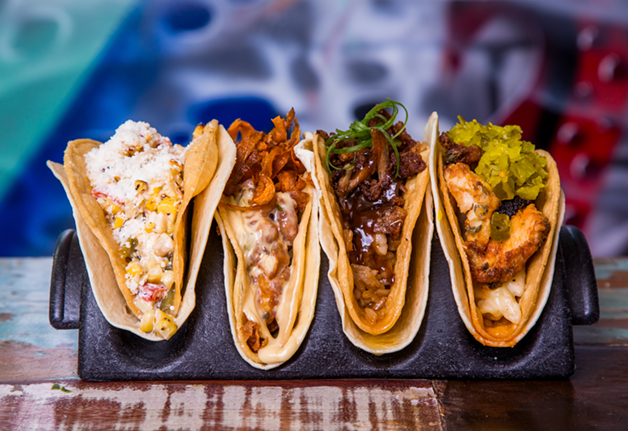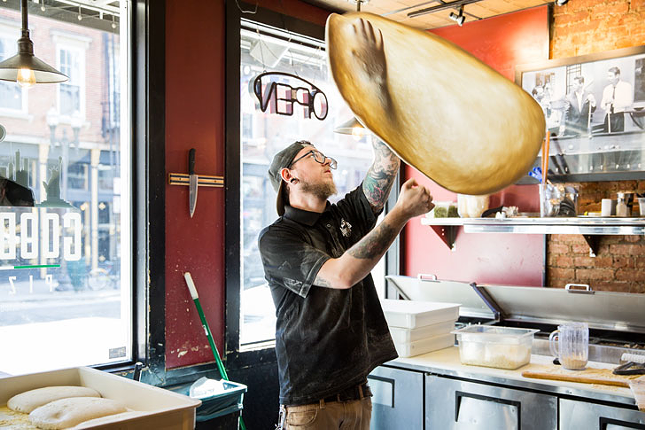What to Eat for Good Luck as We Enter 2019
By CityBeat Staff on Mon, Dec 31, 2018 at 3:40 pm
Start 2019 with some edible superstition. Whether you’re nursing a hangover on New Year’s Day or starting your year off bright and chipper, before you decide what to eat (greasy spoon goetta or good-for-you granola?), think about adding one of these ingredients. According to assorted cultures, these foods are said to bring about good luck, good fortune and prosperity in the new year.
Scroll down to view images
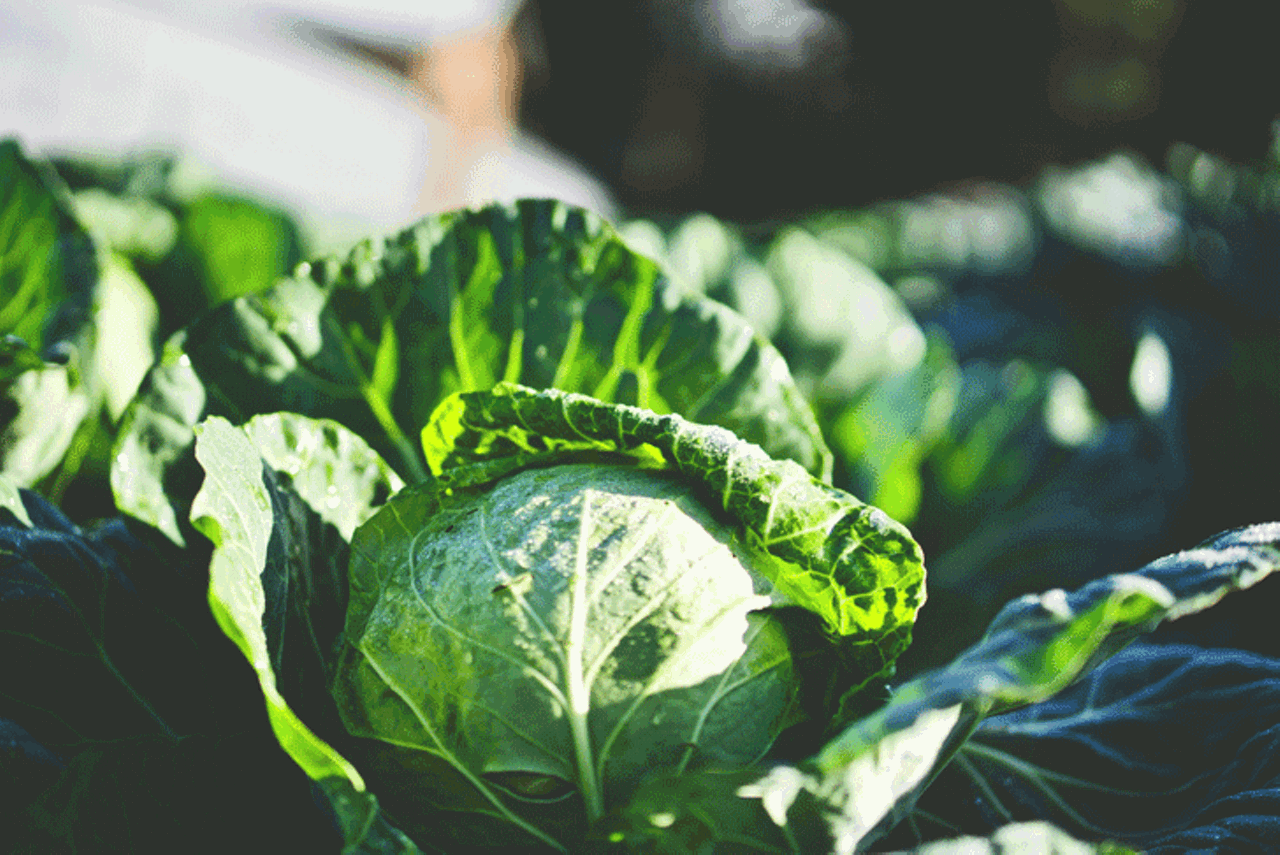
Greens (Turnip, Collard, Cabbage, etc.)
Greens are green, money is green and cabbage leaves look kind of like money, so the thinking is that if you eat some cabbage, collard greens, kale, Swiss chard, turnip greens or any other greens you can scrounge up, you’ll be monetarily rewarded in the New Year. And the more you eat, the larger your fortune. In the American South, they do collard greens; in Denmark, they eat stewed kale with sugar (Grønlangkål); and in Germany, they eat sauerkraut, wishing the ingesters as much money as there are shreds in the ’kraut.Photo: Clint McKoy
1 of 8
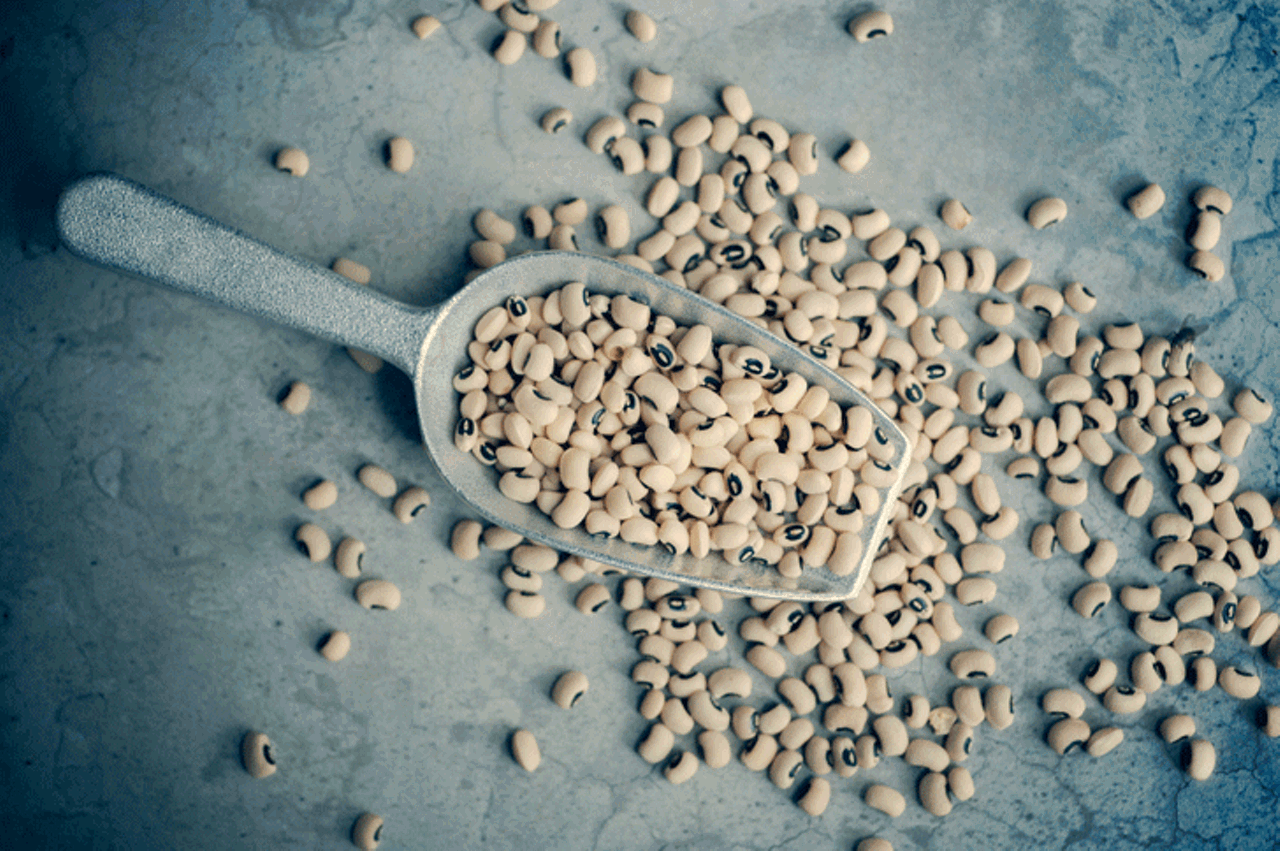
Black-Eyed Peas and Other Legumes
Like greens, black-eyed peas also look like money — coins to be exact — and they swell when you cook ’em, so eating them is supposed to expand your wealth. Incredibly popular in the South, black eyed-peas are rumored to have become lucky and valuable during the Civil War after Union soldiers neglected to burn them with the rest of the Southern food crop, assuming they were animal feed. One of the most popular dishes in which they’re served is Hoppin’ John, a rice dish with some kind of pork. Eating the leftovers (called Skippin’ Jenny) on Jan. 2 shows your frugality and increases your chance of prosperity. Other types of legumes are eaten across the world for similar coin-looking reasons. In Italy, they serve Cotechino con Lenticchie, or lentils and pork sausage, at midnight, and in Hungary, they serve lentil soup.Photo: Jasmine Waheed
2 of 8
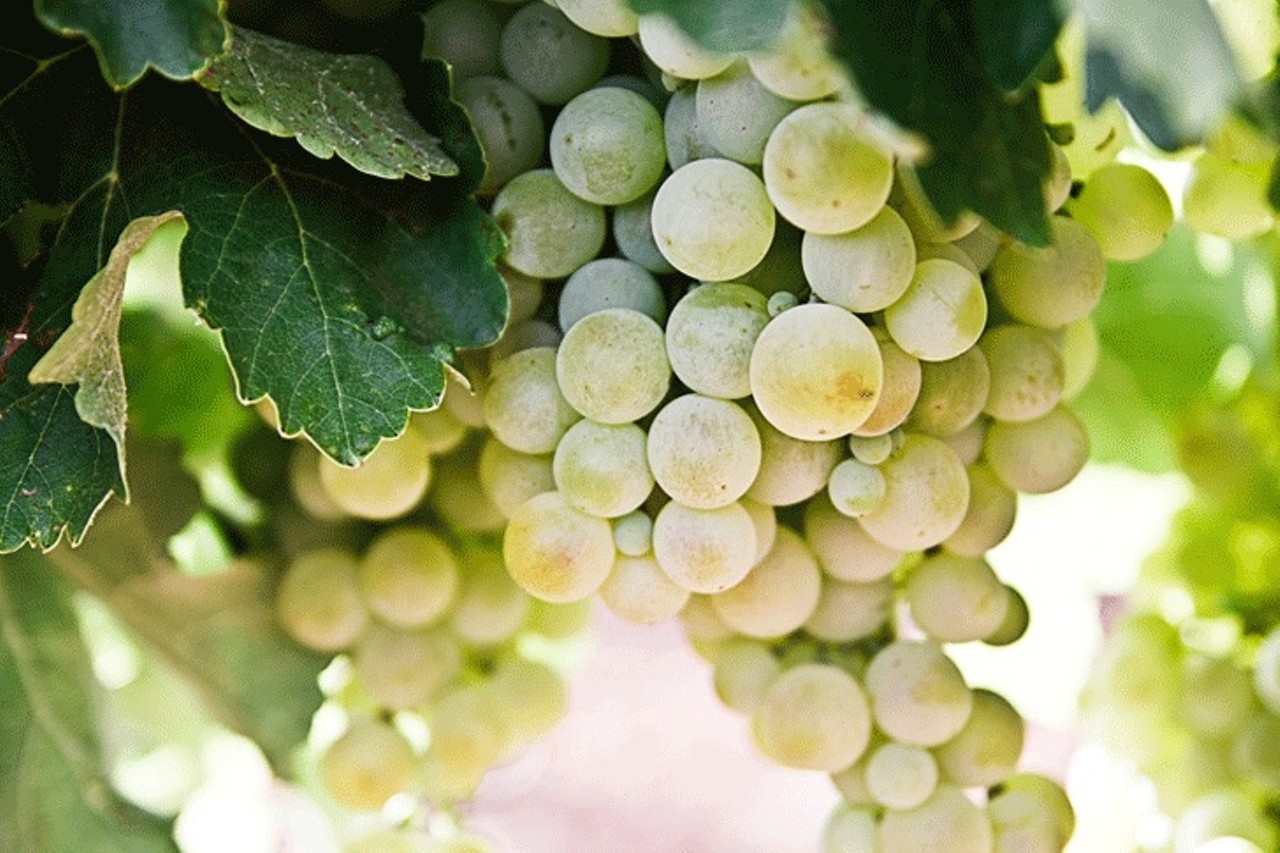
Grapes
A popular tradition in Spain is to eat 12 grapes (known as “las doce uvas de la suerte” or “the 12 grapes of luck”) during the 12 strokes of midnight — particularly in synch to the televised chimes from the clock turret of Real Casa de Correos in Madrid. Each grape represents a different month. If you get a gross grape for your sixth grape, then your June might suck; finish your 12th grape before the end of 12th stroke, and you’ll have luck in the New Year. Canned fruit brand Cofrusa evens sells cans of 12 grapes to make shopping for luck easier. If you don’t want to fit 12 grapes in your purse to bring to the bar, champagne is technically made of grapes. You could take 12 sips at midnight? If you’re that committed to grapes.Photo: Nacho Dominguez
3 of 8
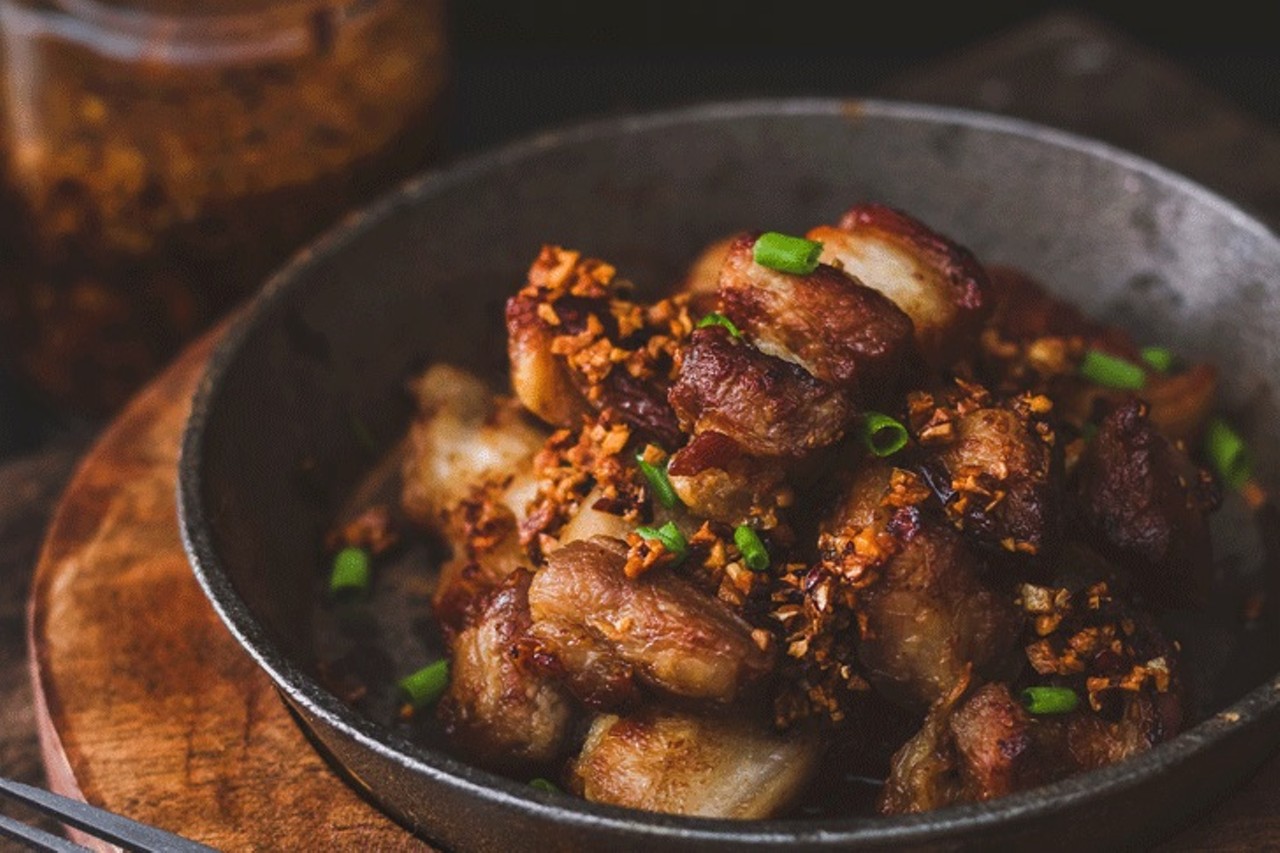
Pork
Sorry, piggies. A pig symbolizes progress and prosperity because they move their snouts forward, not backward, when rooting for food and they’re fat. Pork also tends to be fatty, and the fat represents abundance, prosperity, wealth, etc. And the pig doesn’t have to be served as meat. In Austria, they eat suckling pig on New Year’s Day on a table decorated with little mini pigs made of marzipan (called Glücksschwein in Germany), chocolate or some other sweet.Photo: Eiliv Sonas
4 of 8
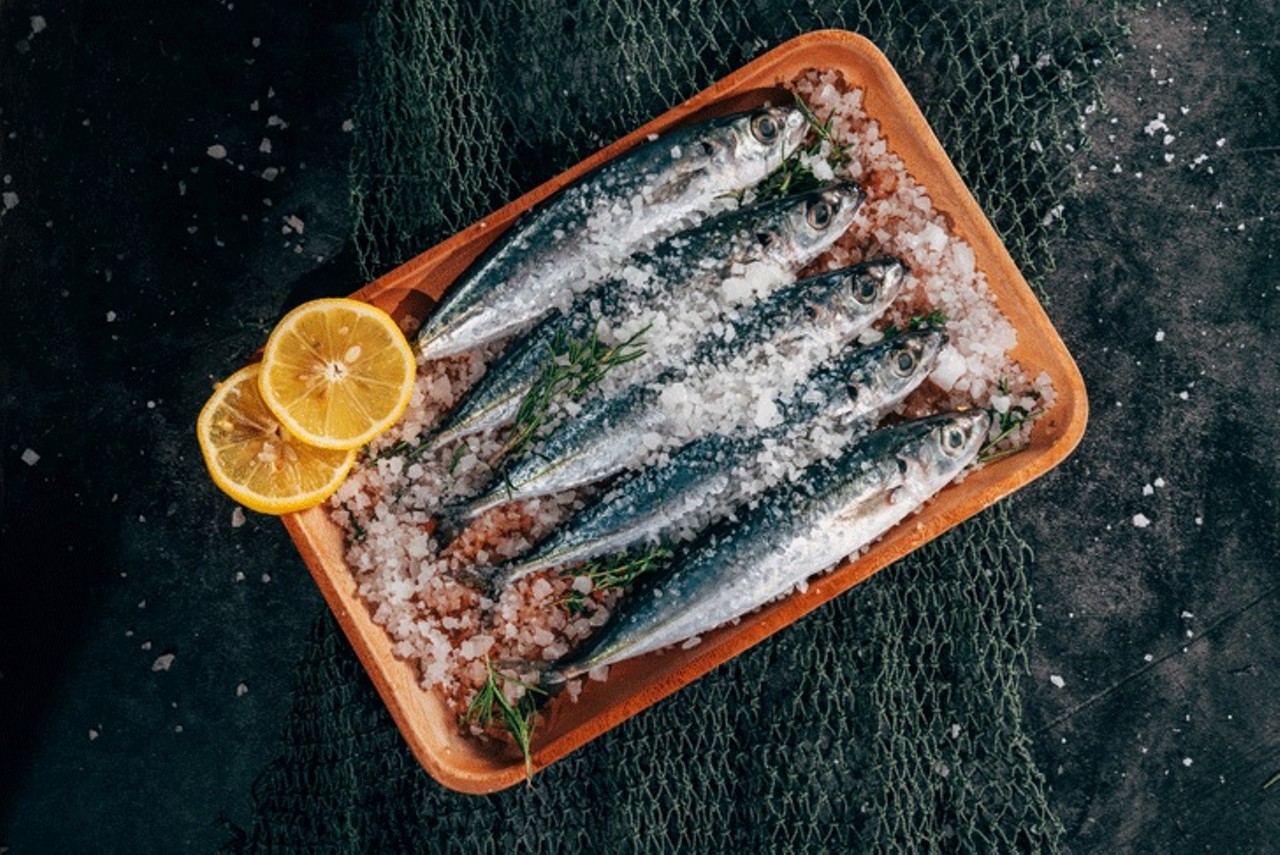
Fish
Many European cultures prepare fish to eat on New Year’s Eve. Fish scales are silver, like money, and fish swim forward to symbolize progress. Some superstitious eaters even keep fish scales in their wallets for the next 12 months to continue to elicit wealth. The Chinese word for “fish” sounds like the Chinese word for “abundance,” linking fish with luck. But even if you don’t understand Chinese, fish is still lucky; they generally swim forward, travel in abundant schools, their scales look like coins and they’ve been served during feasts since forever because they were easy to preserve and transport before refrigeration (and the Catholic church wouldn’t let you eat red meat on holidays). In China, they serve the entire fish, head to tail; in Poland, they eat pickled herring at midnight; and in Germany, people hide carp scales in their wallets and around their homes on New Year’s for wealth.Photo: Hoan Vo
5 of 8
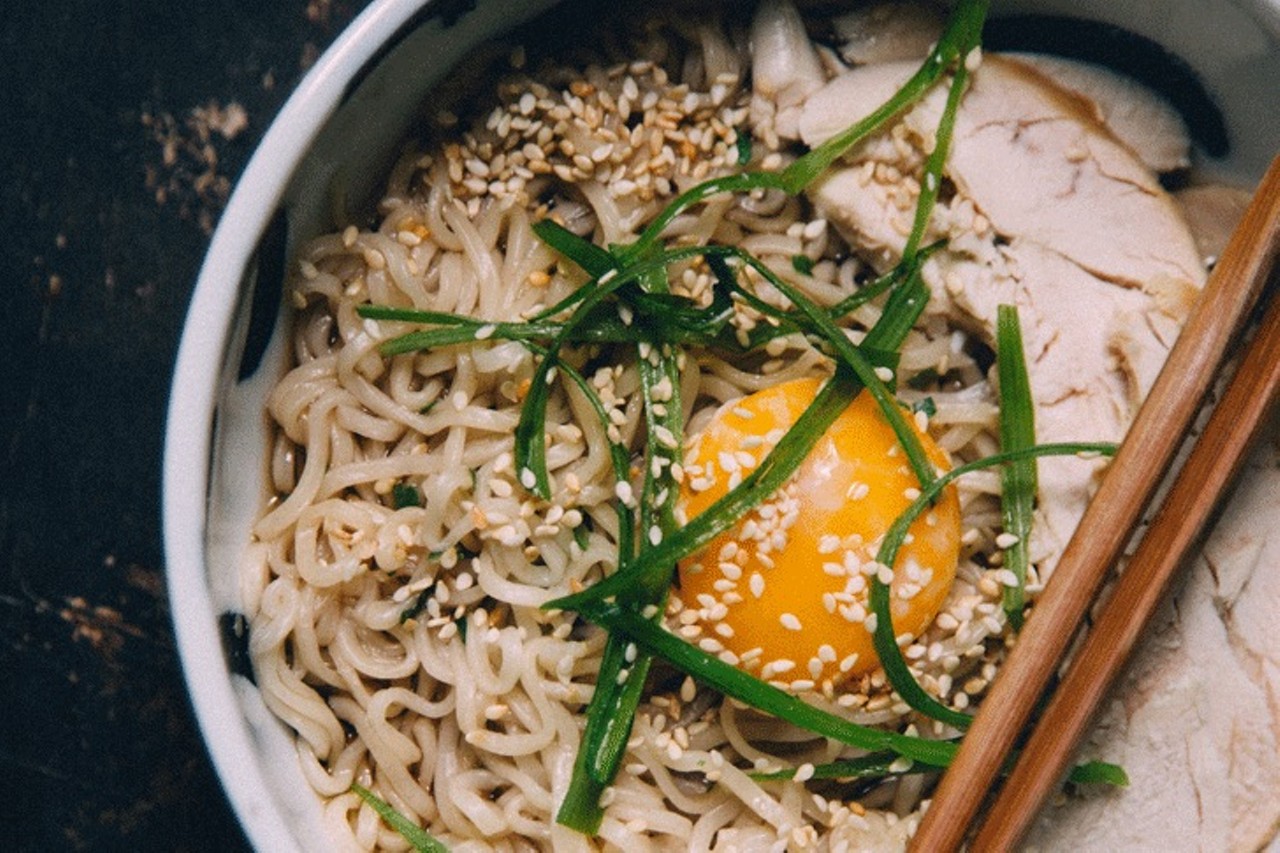
Noodles
Long soba noodles symbolize long life and good luck. And in Japan, the noodles must be eaten without breaking or shortening them (so don’t chew). Whether you slurp your soba on New Year’s Eve or New Year’s Day, just don’t eat it at midnight. If you do, these hard-to-break noodles won’t let you break free from last year’s problems.Photo: Charles Deluvio
6 of 8
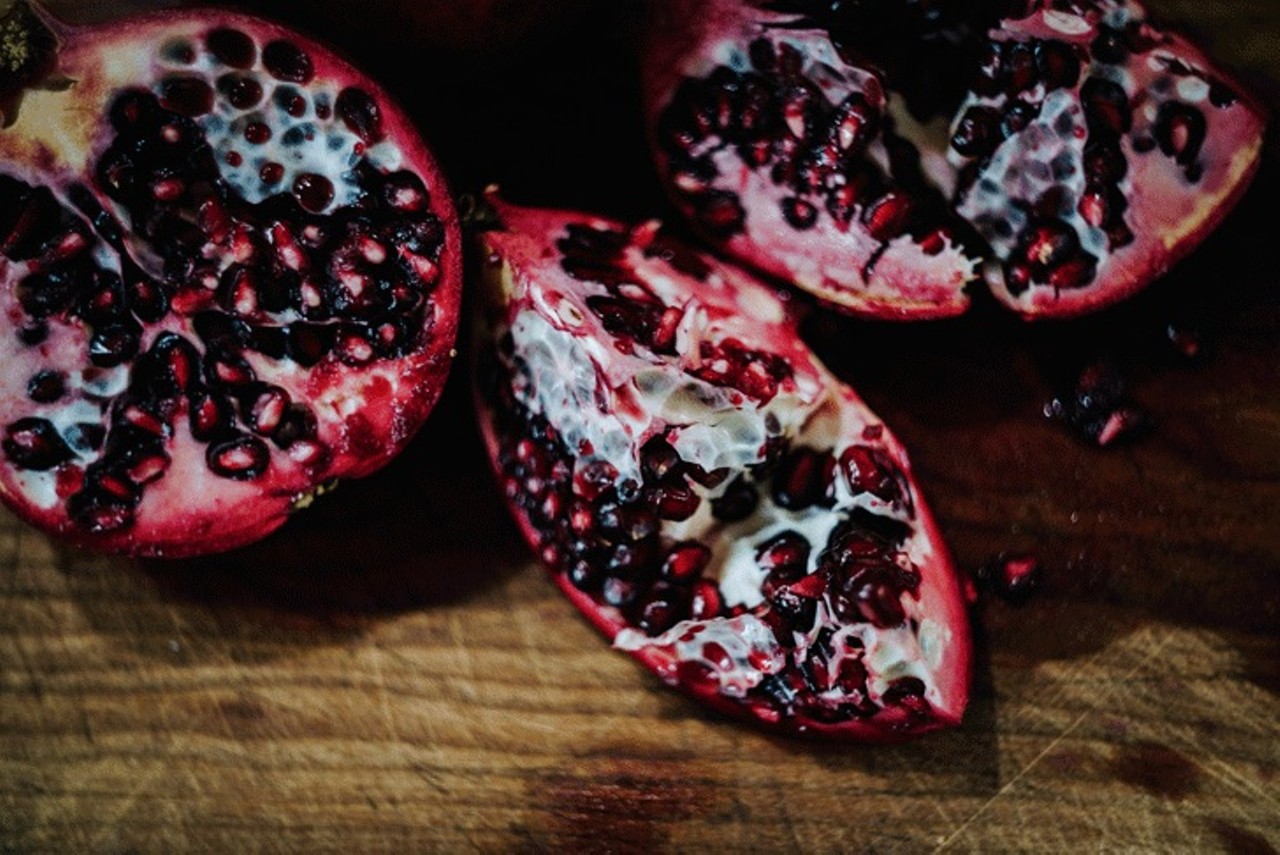
Pomegranates
In Greece, they smash a pomegranate after midnight on New Year’s Eve and the more seeds that spill out, the more luck you’ll receive.Photo: Danielle Macinnes
7 of 8
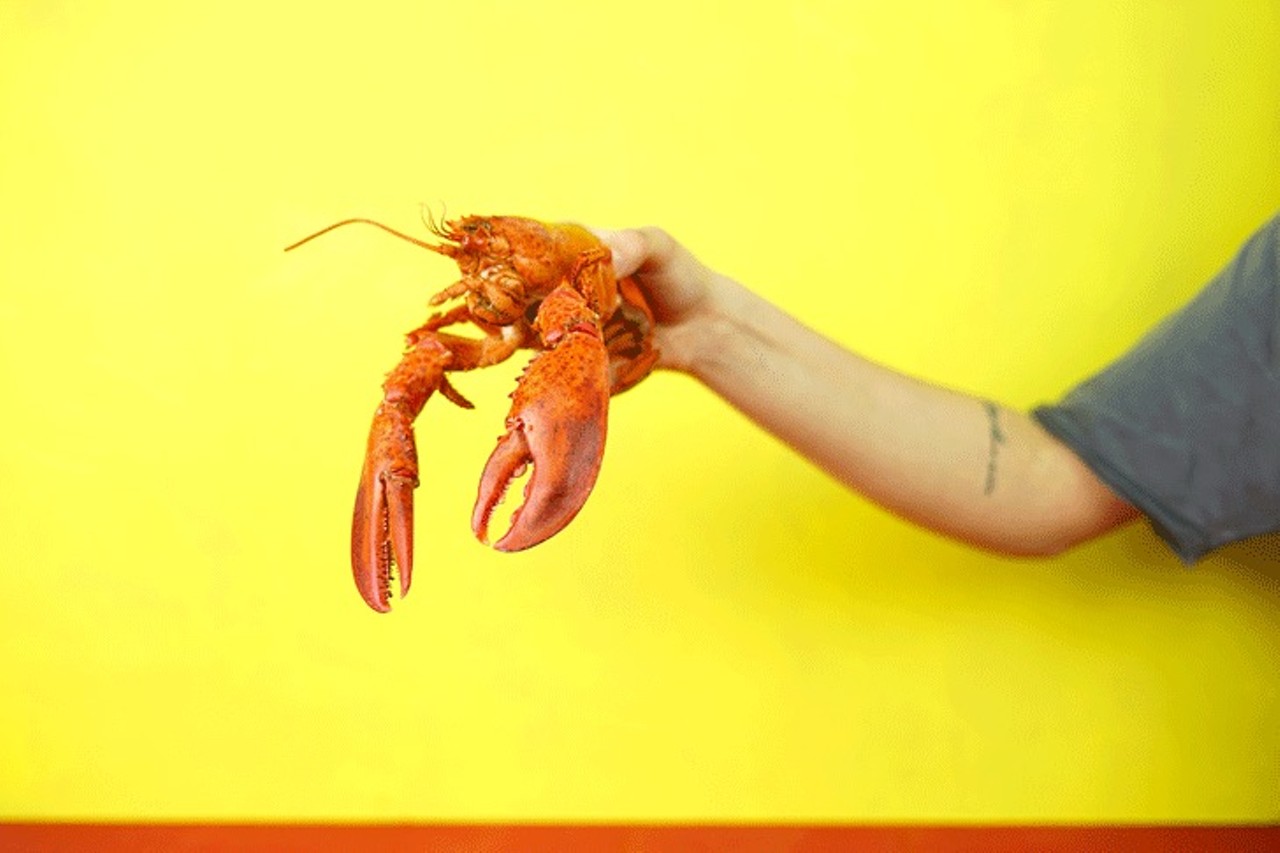
Bad Luck Foods
And with the good comes the bad. Eating chicken or lobster on New Year’s will bring back luck because chickens scratch the ground backward and lobsters swim that way. Actually, don’t eat anything with wings because they could fly away with your luck (despite the fact that they would be cooked and dead before you try to eat them).Photo: Toa Heftiba
8 of 8
Related Slideshows
- Local Cincinnati
- News & Opinion
- Arts & Culture
- Things to Do
- Food & Drink
- Music
- Cincinnati in Pictures
- About City Beat
- About Us
- Advertise
- Contact Us
- Work Here
- Big Lou Holdings, LLC
- Cincinnati CityBeat
- Detroit Metro Times
- Louisville LEO Weekly
- St. Louis Riverfront Times
- Sauce Magazine

